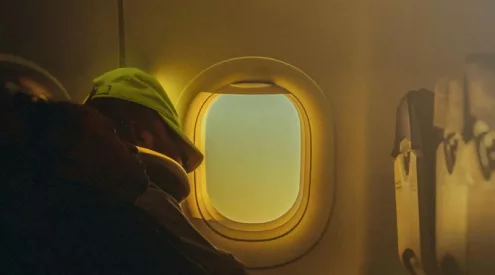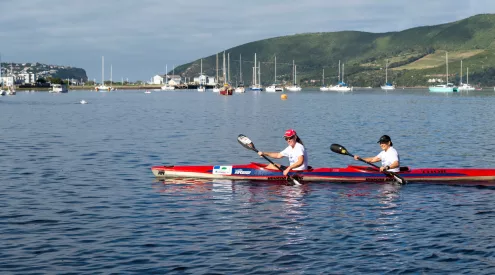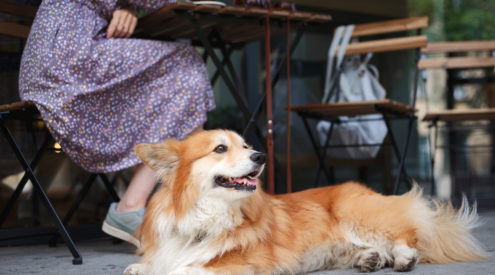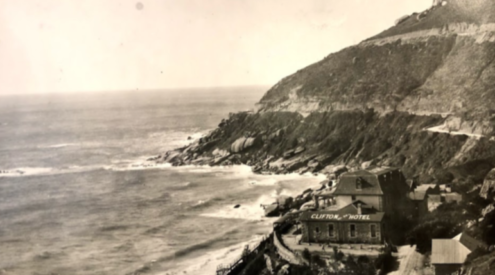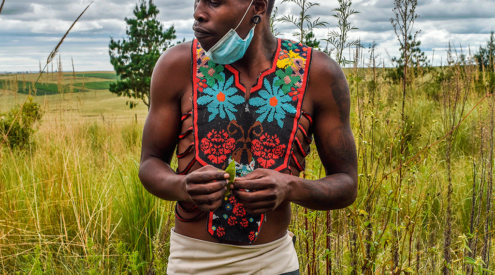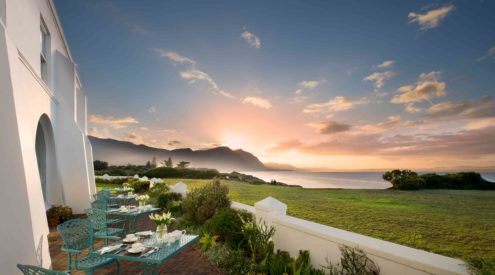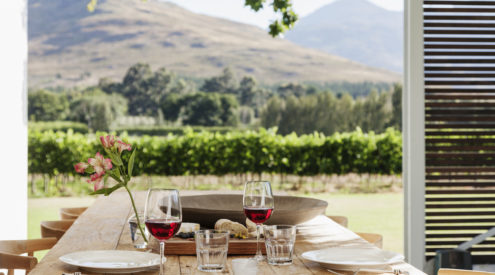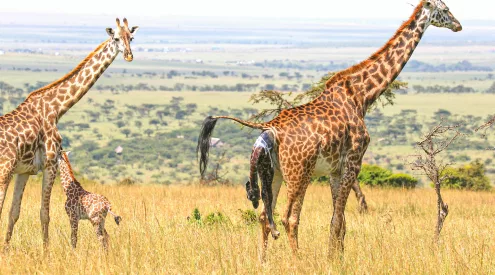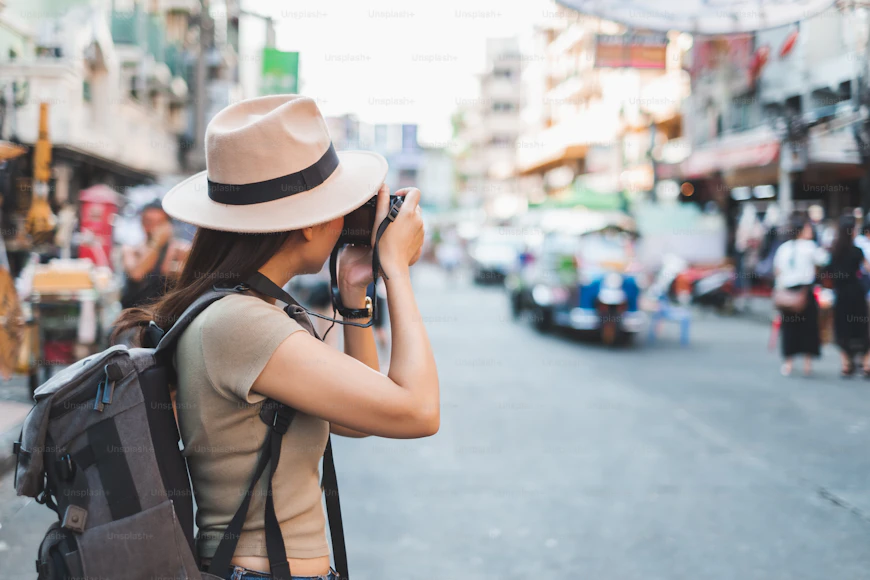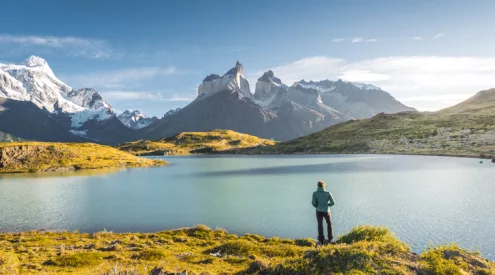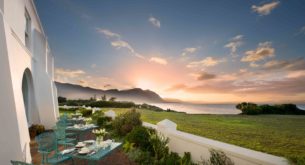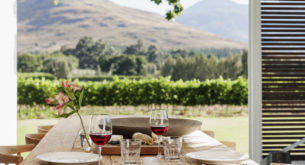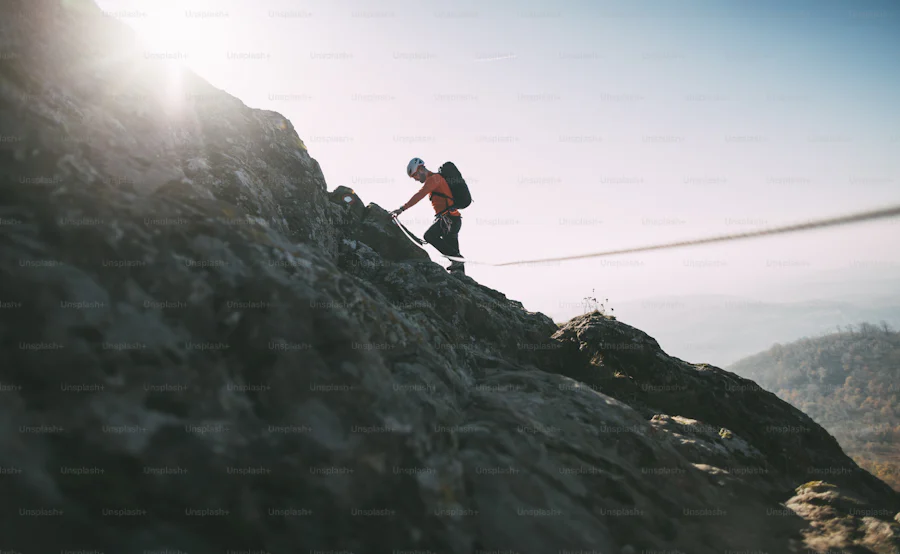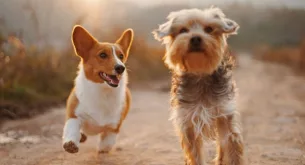Flying to the island of Reunion on Air Austral is a rather stylish affair. You’re served good French bubbly and Bordeaux, hors d’oeuvres, smoked salmon, great French bread and Camembert, along with your decidedly above-average airline meal. Flight attendants have classy outfits and provide pretty stellar service. All in all, a great four-hour flight, apart from the bouts of extreme turbulence that saw me gripping the armrests in a cold sweat, half wishing I was religious.
David from the Tourism Board met me at the airport, sorted me out with a rented Peugeot, gave me a map and a loose itinerary and told me to remember to drive on the right hand side of the road. Good advice. I reached my hotel (on the top of a hill overlooking St-Denis) in one piece, because I followed David all the way.
After a fabulous breakfast of crusty French baguette, creamy scrambled eggs, still-warm buttery croissants, pains au chocolat, sugar-encrusted pains perdus (French toast), and delicious tropical fruit, I got in my car, feeling excited to start exploring the island.
I completely forgot about the right hand side of the road detail. I drove for about 1 km on the left hand side of the road, wondering why the two cars I passed were on the wrong side. Great start to the day.
I got over my feeling of being an absolute idiot (and a serious road hazard) and, after getting lost in St-Denis, found the highway down the west of the island. Radio Cherie was pumping some cheesy French tunes as I sped down the coast to St-Leu for a spot of paragliding.
The unfortunate thing about Reunion is that clouds and rain come out of nowhere, so what started off being a beautiful sunny day suddenly turned nasty. All paragliding was cancelled for the day, and pretty much everything else was closed because of the public holiday, although a nearby turtle sanctuary, Kelonia, was open.
My high school French being rather rusty, it took awhile before I realised that Muriel, my guide, was not telling me that at Kelonia they farm turtles for their meat, but that they rehabilitate turtles and are trying to grow the turtle population of Reunion after years of people killing turtles for meat.
I ended up really enjoying Kelonia. I met Blanche, an albino green turtle (yes, the irony) who likes being stroked on her nose, a friendly turtle whose arm was bitten off by a shark and who loved being photographed, and Harold, the 50-year old deformed rayon tortoise who suffers from unrequited love for his disinterested pen-mate, Caroline. I patted tiny baby turtles who’ve just been hatched and a miniature rayon tortoise which was smaller than the lettuce leaf it was on. Muriel explained that a couple of years ago, there was a survey done on the number of turtles around Reunion island. They found only a handful. Now there are over 100. It’s always great to see conservation projects that are working out.
Then I got back in my Peugeot and drove on the wrong side of the road again.
On my way further south to Cilaos I passed a mind-dazzlingly colourful cemetery that I couldn’t not stop at. All Saints’ Day, on November 1st, is celebrated here, where people bring flowers to the graves of dead relatives. This cemetery was beautiful already – shaded by fragrant frangipane trees, bright tropical plants and flowers growing on top of most of graves – but the bunches of flowers brought by families added even more colour. Some graves had more practical offerings, like Fanta, Coke and half-smoked cigarettes.
The amazing thing about the cemetery was how it reflected Reunion’s amazingly harmonious society. There were Catholic, Jewish, Muslim and Chinese graves in the same tiny cemetery.
After breathing enough burning incense and frangipane flower smells to make me dizzy, I headed for the hills to the mountain town of Cilaos in one of three of Reunion’s cirques.
Tortuous would be one way to describe the 37 km of 400 bends (someone else counted them) road up to Cilaos, the highest town on the island. Spectacular would be another. The dramatic mountain peaks, swirling clouds, thick foliage and sweeping valleys made this one of the best drives of my life.
It was also one of the scariest. Reunionais people are known for their dodgy driving – it’s fast, mental and a bit aggressive. I could cope with it on the coastal highway, but got a bit of an adrenaline rush every time a massive truck or bus hurtled towards me on mountain passes barely wide enough for one car.
I made it up to Cilaos after an hour of driving in second gear and couldn’t believe how picturesque it was. Cilaos has to be the prettiest French town I’ve ever been to. It has one tiny main street lined with gorgeous pastel-coloured Creole buildings, and sweet little boulangeries, charcuteries, creperies, cafes and restaurants.
I sampled my first Reunionais dish in a small restaurant – a delicious prawn curry with creamed lentils (which are grown in Cilaos) and rougail (a spicy mixture of onion, chilli, garlic and lemon rind).
After a slow wander through the town, I found that the wine tasting place was closed and the thermal spa place was fully booked, so there was not much else to do. Clouds were starting to descend in thick grey swathes so I decided to make my way back down to the coast to check out the beaches before sundown.
Boucan Canot on the west of the island, near St-Gilles, is the locals’ favourite beach. It doesn’t have much on Llandudno, but it is rather pretty (and the sea is much warmer than in Cape Town).
Feeling like I was about to pass out from exhaustion after driving for about seven hours, I headed back to the hotel for rum, beer, food and sleep.

